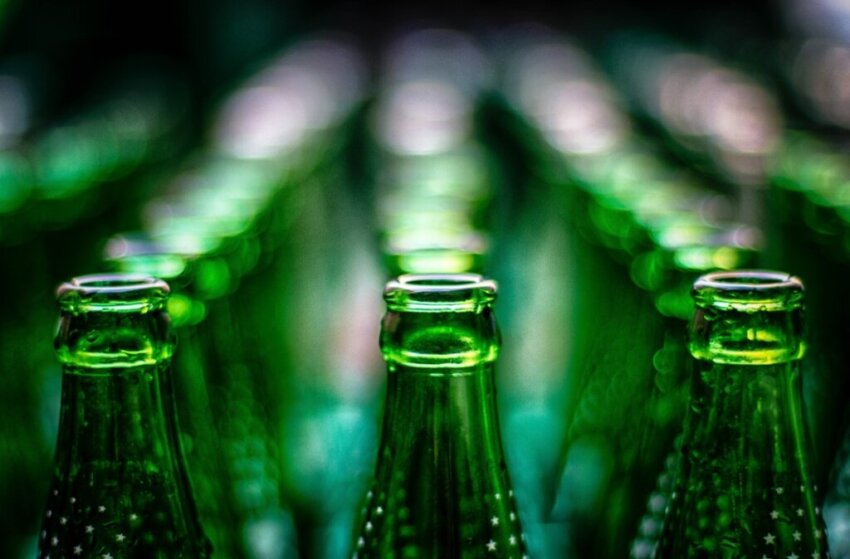Researchers outline steps that result in pain signals
About 283 million people worldwide suffer from alcohol use disorder, a debilitating health challenge for which limited therapeutic options are available. The cost to society is estimated at greater than $2 trillion annually.

“People try to rehabilitate, but it is very challenging,” said Yu Shin Kim, PhD, a neuroscience researcher at The University of Texas Health Science Center at San Antonio. “Headache is one of the severe withdrawal symptoms that pushes the rehabilitating patient back to alcohol, because people know that, after drinking, alcohol will actually reduce the headache. It becomes a vicious cycle. This is how they develop alcohol dependence.”
Kim, associate professor of oral and maxillofacial surgery in the health science center’s School of Dentistry, and colleagues found that a stress hormone called corticotropin-releasing factor (CRF) activates immune cells known as mast cells in the dura — the thin, transparent membrane under the skull.
Dura matter includes peripheral nerve fibers and peripheral blood vessels. CRF binds to a specific mast cell receptor called MrgprB2, Kim said. This is the central finding of the team’s study published Oct. 30 in the journal Neuron.
“After alcohol withdrawal, the CRF stress hormone is released from the hypothalamus, a brain region that controls many functions,” Kim said. “The CRF travels through peripheral blood vessels to dura matter, where it is released from the vessels and binds to MrgprB2. This signals the mast cells to degranulate, or open, and secrete chemical messengers that induce functions including blood vessel dilation (widening).
“This also activates peripheral nerve fibers extending from trigeminal ganglia neurons, which are sensory neurons. That is how these neurons are sensitized and a person has alcohol-withdrawal headache.”
It is this process that sends the pain signals.

Researchers knew that peripheral neural fibers must be related to vessel dilation that occurs with alcohol withdrawal. The lab’s new contribution is that CRF binds to the mast cell receptor MrgprB2, Kim said.
“MrgprB2 is a very specific receptor for mast cells. Only mast cells have these receptors,” Kim said.
This research may benefit further studies of various substance use disorder mechanisms including withdrawal, he said. It may be possible to develop a small-molecule drug therapy to inhibit the CRF and MrgprB2 interaction, resulting in fewer pain signals during alcohol withdrawal.
Acknowledgments
Support for this research is from National Institutes of Health grants (NIH/NIDCR, DE026677, DE031477 to Y.S.K.), an award from The University of Texas Health Science Center at San Antonio startup fund (to Y.S.K.), and a Rising STARs Award (to Y.S.K.) from The University of Texas System.
Mast cell-specific receptor mediates alcohol withdrawal-associated headache in male mice
Hyeonwi Son, Yan Zhang, John Shannonhouse, Hirotake Ishida, Ruben Gomez, Yu Shin Kim
First published: Oct. 30, 2023, Neuron


